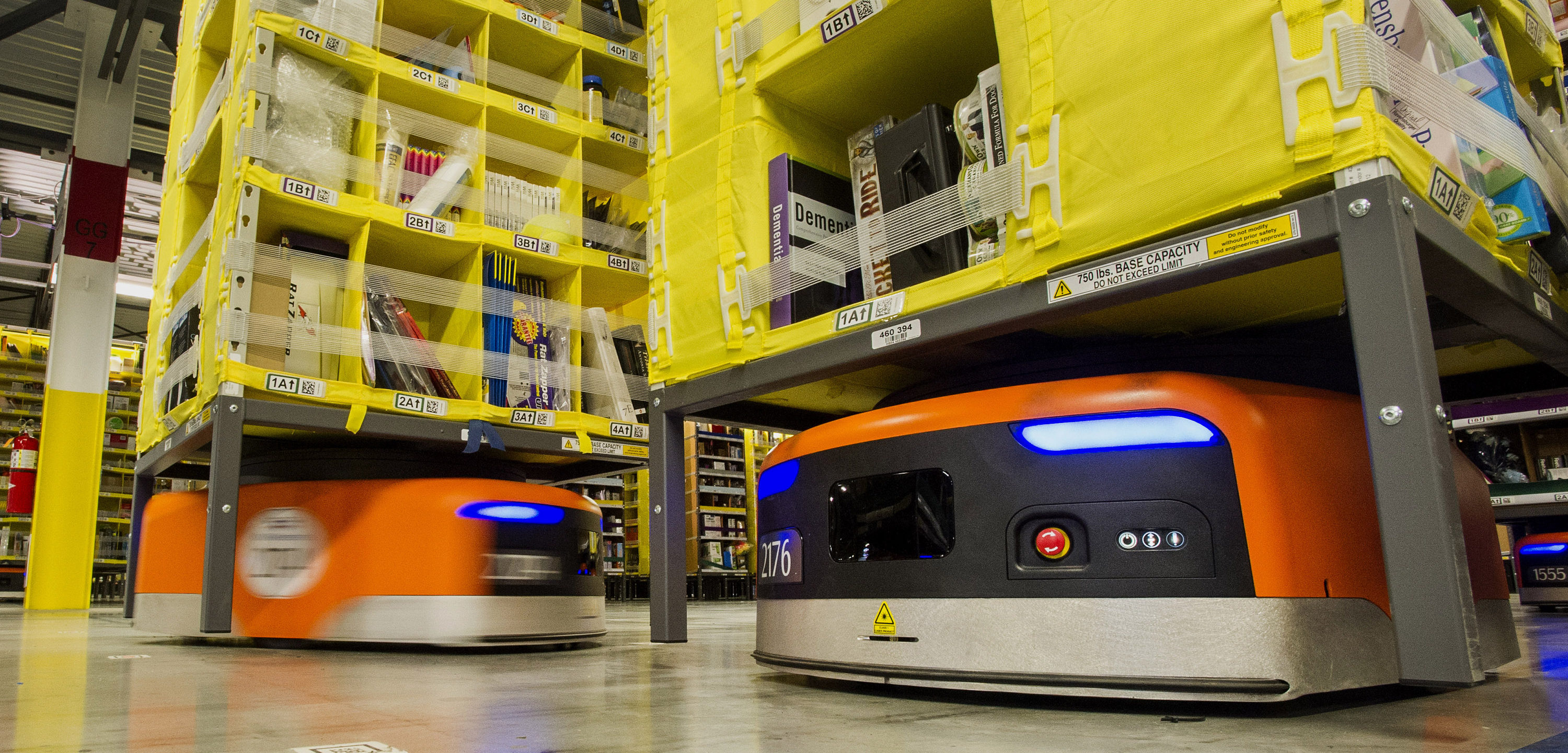The way we trade changes with the advancement of technology. A quick dive into the possibilities of A.I. for Retail Experiences –
In the past, advances in technology led to further advances in transportation, manufacturing, communication, and industrialization, which ultimately led to improvements in how and what people buy and sell. In the last decade, we’ve seen how advances in mobile devices, the Internet, and the maturing of online shopping, has drastically changed how we go about our everyday shopping.
For customers, this not only resulted in having access to goods previously unavailable to them (e.g. due to geographical limitations) but also provided access and ease of use when on the go or from the comfort of their home. For many brands, this advancement reduced the overhead of physical stores and leveled the playing field for independent creators to enter the marketplace. It also provided them more accurate and informative data as to who their customers are and what their buying habits are. Most importantly, these advances in technology removed a lot of “buying friction” and gave brands the tools to reach customers where they are (and with mobile devices, it meant reaching customers directly in their pockets). Now, with the advances in AI and Machine Learning (ML), we’re on the cusp of yet another advancement with how people shop.
How can AI change our retail experiences?
There are many ways AI is and continues to change how we shop. As we said in our introduction post here, some form of AI is already running in your favorite apps and service. This is especially true for retail. Right now, your purchase history, and in some cases your other online activity, such as what you search for and what websites you visit, is used to construct a profile or “persona” of you and ultimately direct “personalized” advertising to you. This data, along with the data from other people with similar traits and interests, dictates what ads and “recommendations” you see across the Internet. For customers, these recommendations and ads may seem fairly obscure, but for brands, they are extremely powerful tools used to gain product insight and dictating future products and trends, as well direct customers to other products. Utilizing AI and ML, brands will be able to use more of their collected data in more meaningful ways, which could ultimately lead to more accurate and intelligently forecasting of consumer and other economic trends.
When it comes to shopping, consumers want speed and efficiency. Voice assistant technologies, like Alexa and Google Home, allow customers to use natural interactions, like using voice, to find out about products and services, and in some cases, even allows people to purchase products by speaking a sentence. These voice assistants make use of AI and ML to decode what you’re saying and removes the friction of ordering things with no cumbersome process of entering credit card information. Chatbots and Digital Assistants, such as those found in Facebook Messenger, Google Assistant, and Cortana, are also ways in which AI is used in common Instant Messaging applications and platforms to bring powerful shopping and recommendation experiences to people without having to leave their favorite app. Similarly, these chatbots also act as Customer and Technical Support, which allows a natural and familiar experience for customers to traverse complex topics. In both cases, technology is being used by brands to meet people where they are, and in the example of Digital Assistants and Chatbots, where they do most of their sharing and conversing with friends and family members.
AI Robots Streamline the Process
While machines have always had a place in the assembly line, many companies are now turning to robots to solve a different array of problems. Without the need for multiple store locations, companies are making use of giant distribution centers to deal with their distribution needs. In many of these warehouses and factories, robots are being used to handle jobs which may otherwise be seen as too repetitive, precise and/or dangerous. These robots make use of AI and ML technology that is like those found in autonomous cars, such as avoid obstacles etc. Robots aren’t only being used in warehouses, but are also being used directly with customers. For example, Lowe’s has started developing the LoweBot, an autonomous retail service robot that helps customers search for products in many languages and automatically does stock take when they’re not being used by customers.
AI and Machine Learning in Stores
While the advances in online shopping, AI, ML and robots may appear to make physical stores obsolete, the truth is the AI and ML help physical stores become better physical stores. For example, Amazon is currently testing its Amazon Go store where, with the help of ML, your own phone, and a bunch of complementing technologies, Amazon is able to build a retail experience that enables you to walk in, grab the items you want and leave without needing to wait in line. This use of technology ultimately optimizes the shopping experience and removes a lot of unnecessary redundancies.
What does this mean for you?
There’s a lot to be excited about when it comes to AI being used in the retail space. As customers, we’re excited to see how stores and services can use AI and ML to offer and recommend a greater range of products based on our personal preferences and purchase history. We’re also excited to see how the use of this technology changes our in-store shopping experience and how the devices that we carry along with us enhances that shopping experience. As brand ambassadors, we’re excited at the prospect of brands and producers having clearer insights as to the many factors that affect their business and how best to reach their customers. Lastly, we’re excited how AI and ML allow technology to cultivate and strengthen the relationship between brand and customer.





